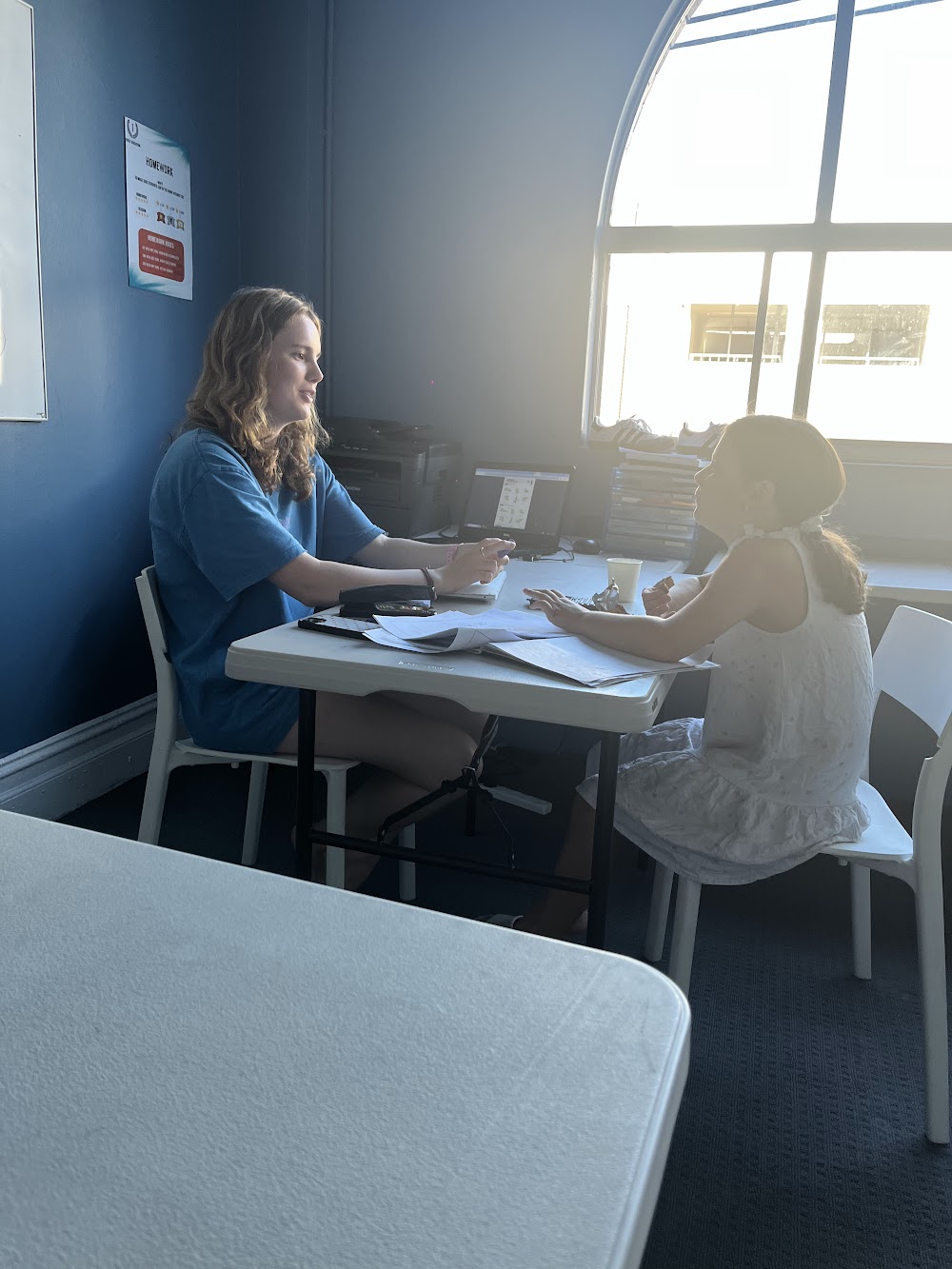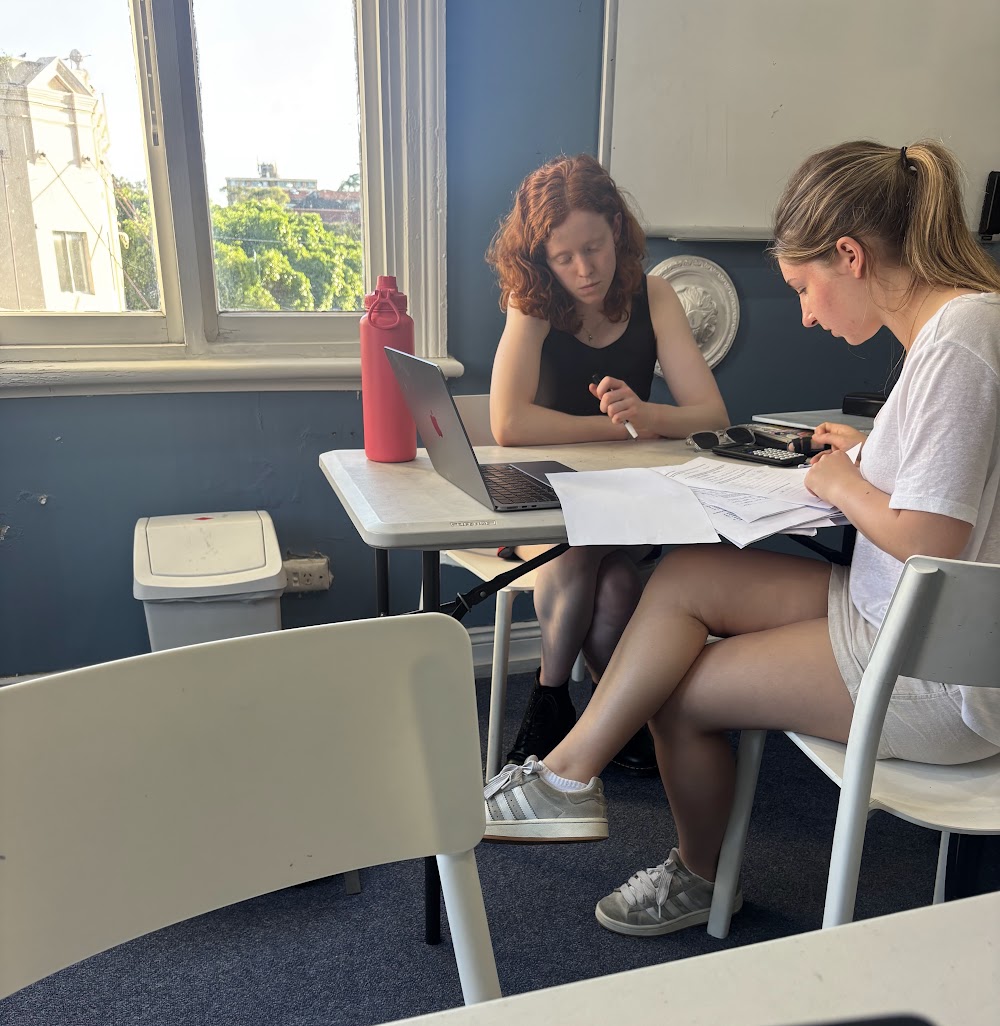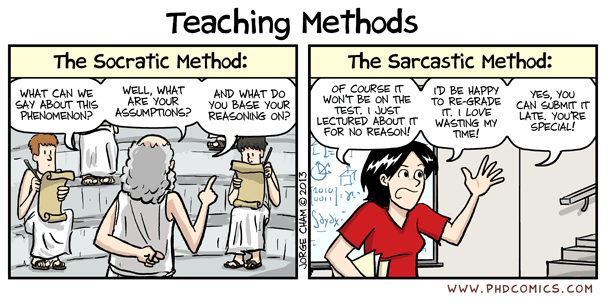
Today, I got the chance to sit in on Sienna’s tutoring session with her Year 4 Maths/English student, Evie. Sienna did such a great job keeping Evie engaged and focused the whole time. She picked up really quickly when Evie was getting a bit tired and would let her have a small brain break or switch to a quick chat before getting back into the work. She also kept checking in with little quizzes to see if Evie could answer things on her own after an explanation.
They worked on time questions (reading clocks), and Sienna explained everything really clearly. She broke down the difference between the minute and hour hands and showed Evie exactly how to read an analogue clock based on where the hands were pointing. While they went through the questions, she constantly made sure Evie understood what she was saying, and she used real-life examples like, showing the time on her own watch or poiting to the clock in the room to help things click.
Overall, it was a really positive session. Sienna was patient, encouraging, and really responsive to what Evie needed in the moment. Evie stayed focused, asked lots of questions, and genuinely seemed to enjoy the lesson. It was great to see how well Sienna connected with her and kept the learning fun and understandable.
Bianca Douroudis










